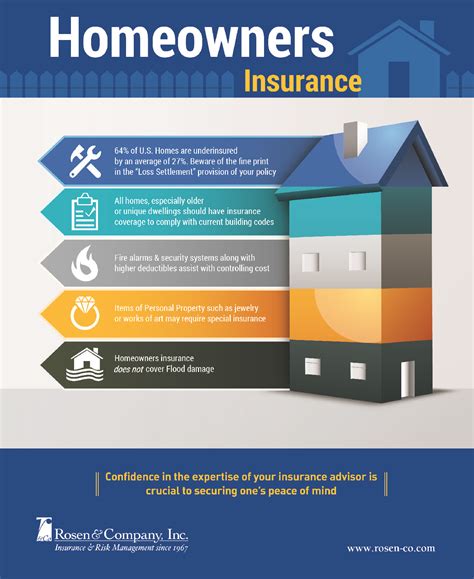More and more Americans are finding themselves at risk of financial ruin as they grapple with the escalating challenges of maintaining their home insurance. The landscape painted by sweeping government data is one where homeowners, especially those residing in areas prone to climate disasters, are increasingly unable to keep up with insurance premiums. This predicament leaves them vulnerable to significant financial jeopardy, emphasizing how climate change is reshaping the foundational aspects of American life.
Impact of Climate Change on Home Insurance
According to Ethan Zindler, a climate counselor at the Treasury Department, “Homeowners’ insurance is where many Americans are now feeling the financial effect of climate change directly, in their pocketbook.” The numbers tell a compelling story – from 2018 through 2022, an extensive analysis was conducted on 246 million insurance policies issued by 330 insurers across the nation. This comprehensive study shed light on how climate change is impacting the American home insurance market significantly.
Rising Cancellation Rates
One alarming trend revealed by the data is the surging rates of policy cancellations due to nonpayment or outright dropping by insurers. Homeowners who fail to keep up with premiums face cancellations, while others find their policies not renewed despite wanting to continue coverage. These trends are most pronounced in high-risk areas where both costs and frequency of insurance claims are skyrocketing.
The highest cancellation rates were observed in coastal regions such as Hilton Head and Charleston in South Carolina, along with parts of West Virginia, Arizona, and California – areas highly susceptible to hurricanes and wildfires. These distressing figures underscore a growing financial strain exacerbated by climate change for families already facing economic hardships.
Challenges Faced Across America
In over 150 ZIP codes nationwide, insurers canceled at least 10 percent of home insurance policies in 2022 due to missed premium payments. Moreover, nonrenewal rates were significantly higher and increasing rapidly in high-risk regions like coastal South Carolina and fire-affected areas in California’s Sonoma County and Tennessee’s storm-ravaged zones.
The repercussions extend beyond individual homeowners; destabilization within the home insurance market poses a threat to community property-tax revenues and local businesses that rely on homeowners as customers. Nellie Liang from the Treasury Department highlights that this crisis isn’t just about homes; it’s about communities’ economic well-being as a whole.
The Fight for Data Transparency
The Treasury Department’s efforts to compile this crucial data faced obstacles driven by political tensions surrounding climate change regulation. Despite challenges posed mainly by state commissioners resisting direct data sharing with federal authorities under differing regulatory beliefs, there remains a call for continued collaboration.
Looking ahead, there’s an urgent need for ongoing dialogue between state regulators and federal agencies like the Federal Insurance Office towards comprehensive annual data publication encompassing essential information from high-risk pools. While hurdles persist amidst varying political landscapes shaping these discussions, transparency remains key for informed decision-making amid evolving climate challenges.




Leave feedback about this